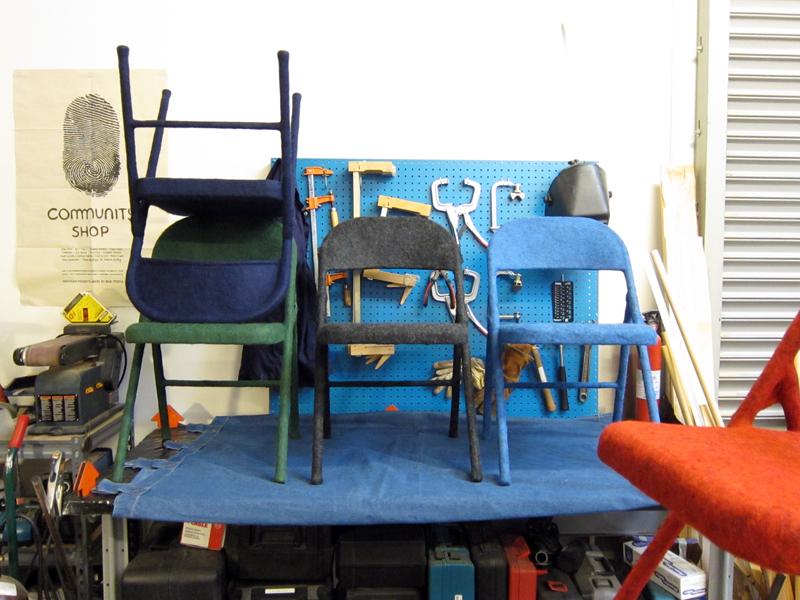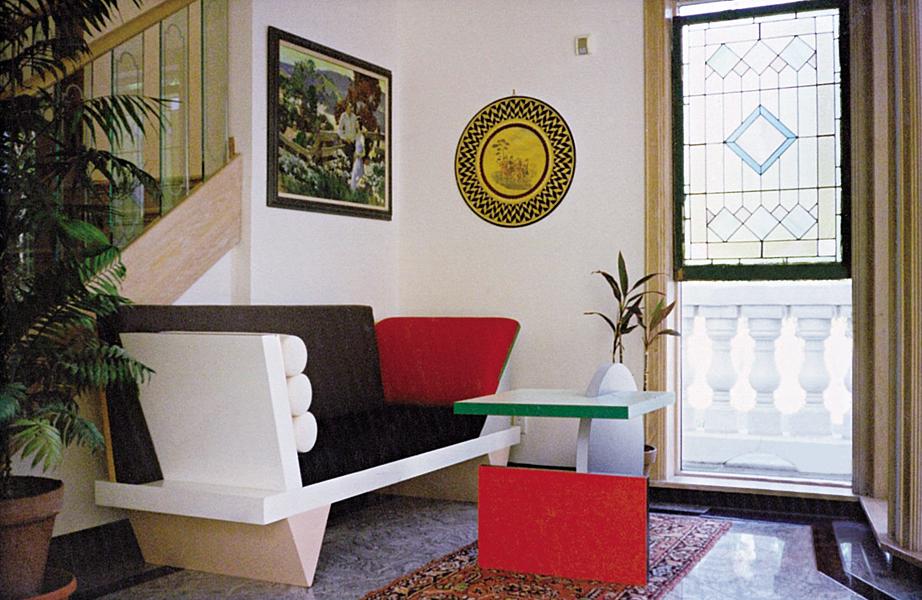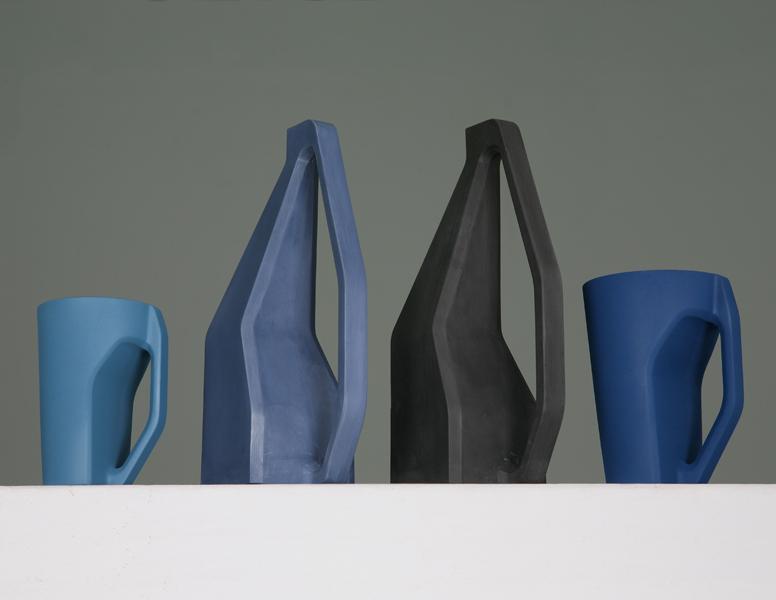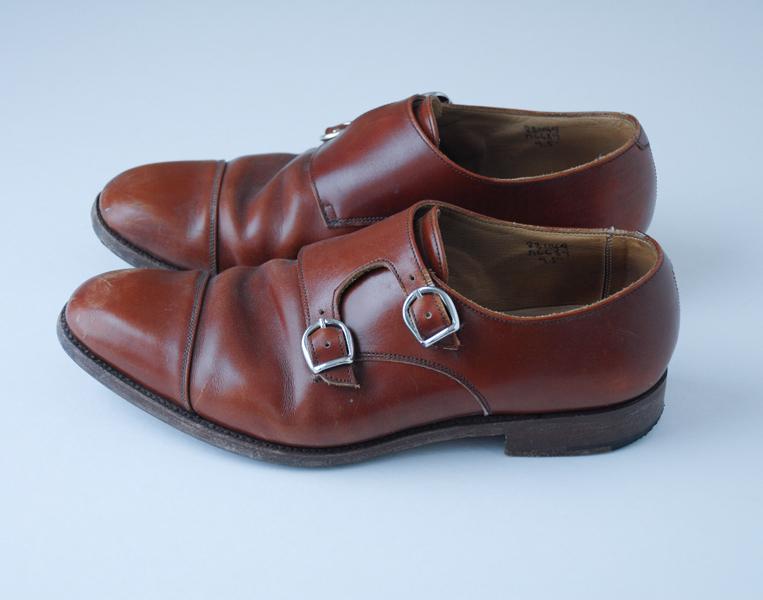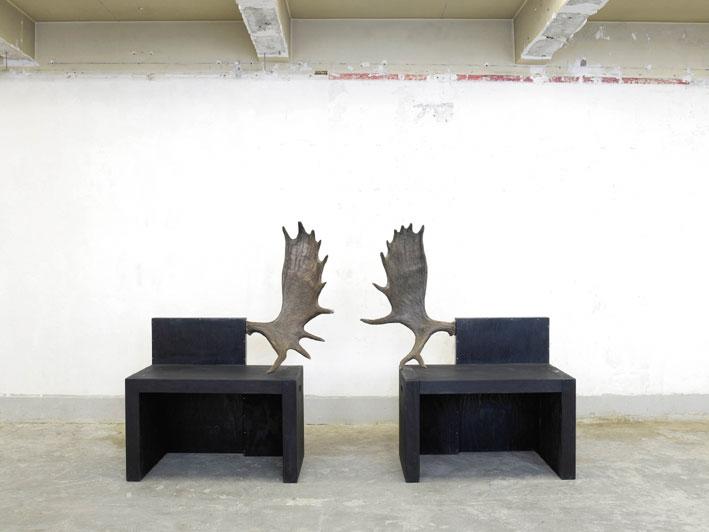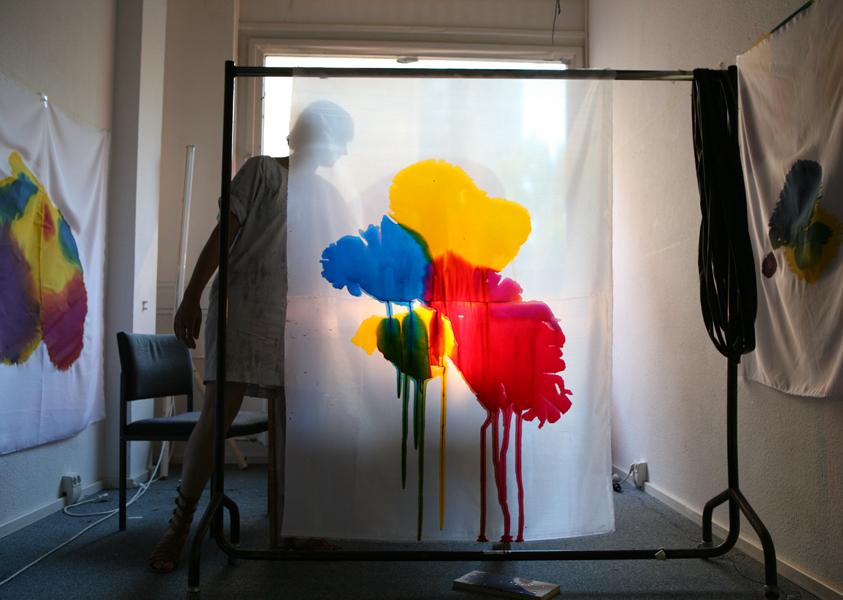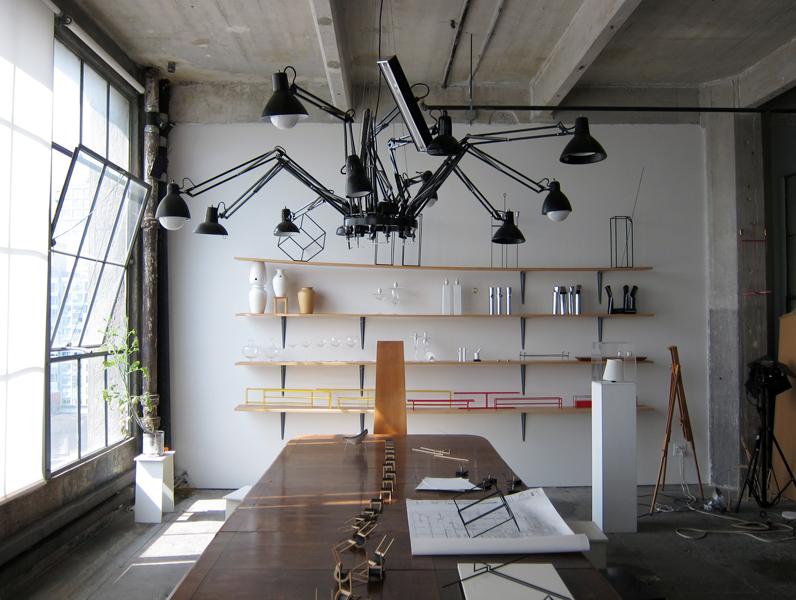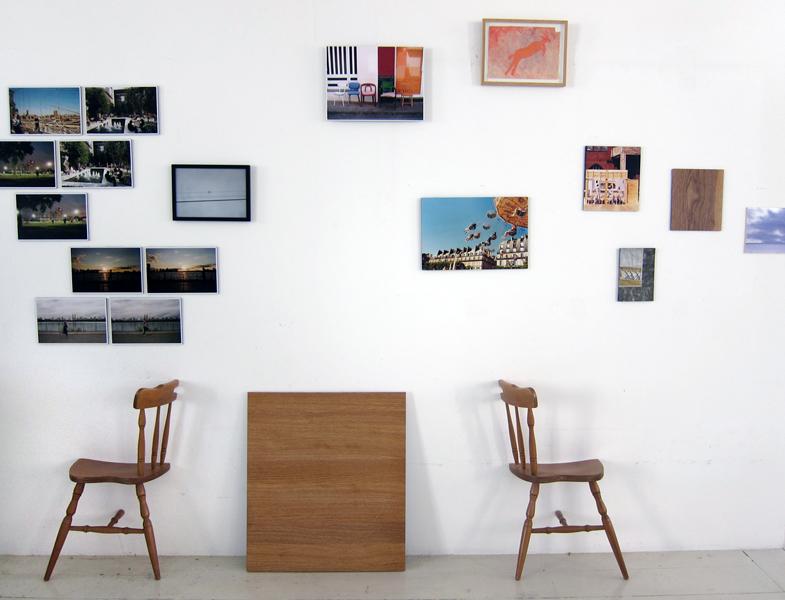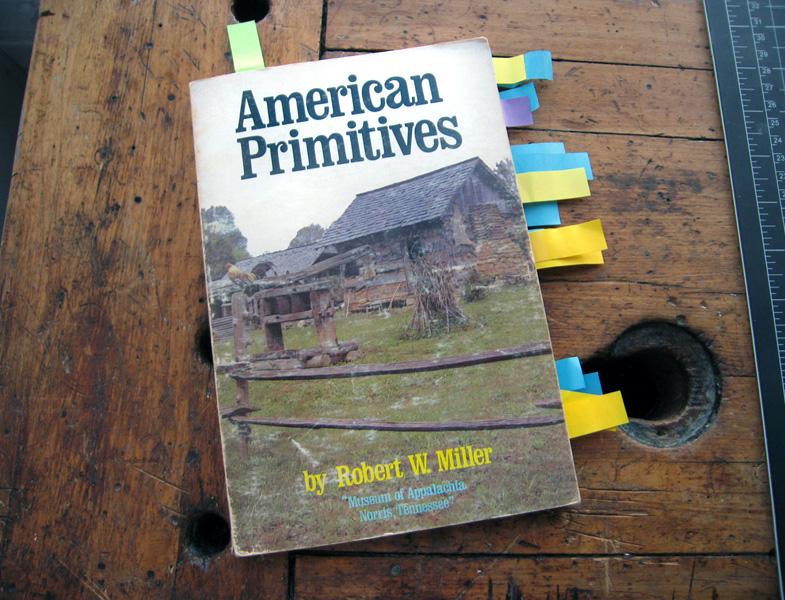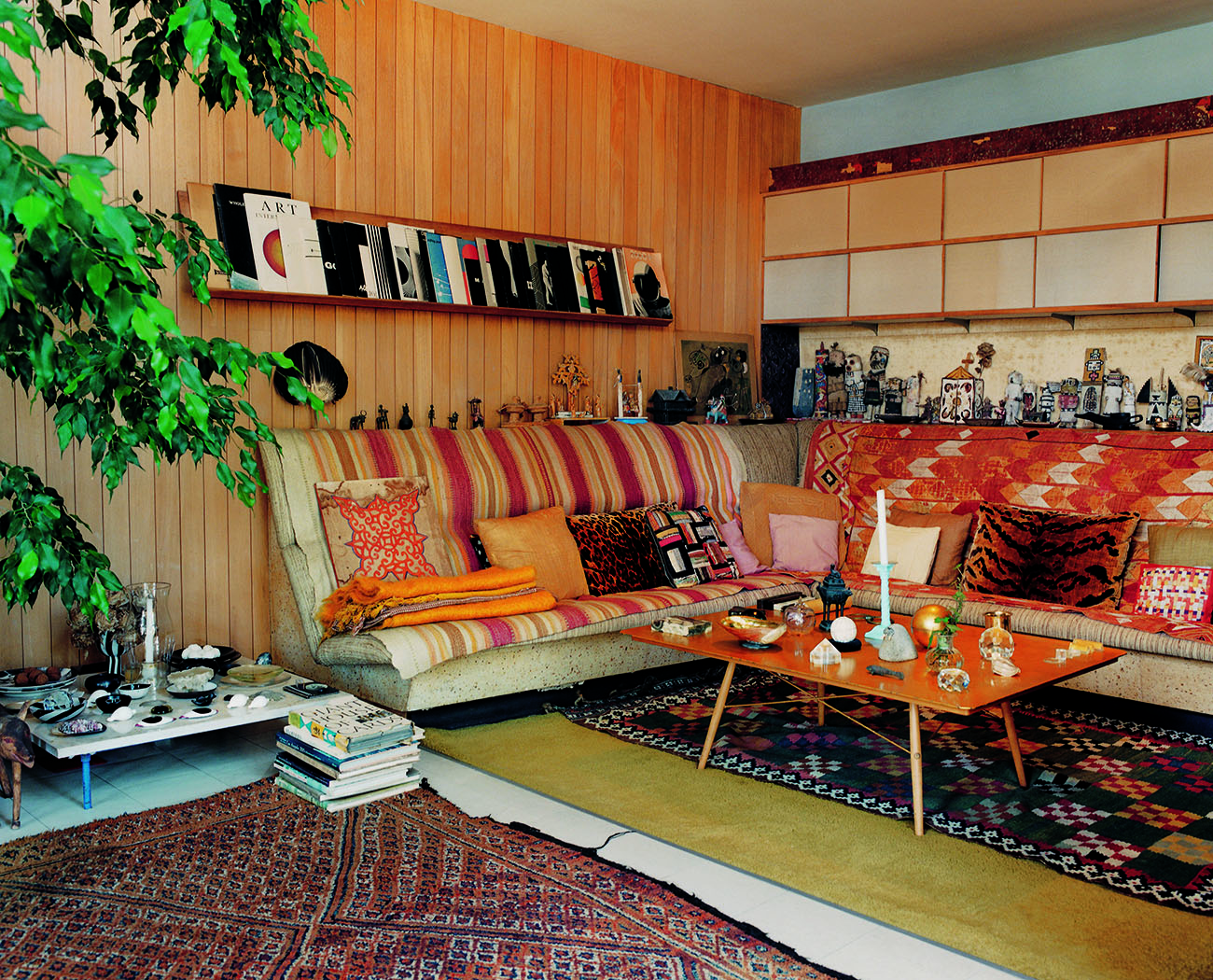
10.11.10
Excerpt: Book
Your Favorite Mid-Century Furniture Designers, At Home
It’s possible you’ve spent hours foraging flea markets, wondering how a Russel Wright pitcher or an Eames shell chair or a Jens Risom credenza might fit into your home décor. But did you ever stop to wonder how those pieces may have figured into the homes of their own makers? Leslie Williamson, a San Francisco–based photographer, did — and the result is Handcrafted Modern, a new book that offers an intimate glimpse inside the houses of 14 of America’s most beloved mid-century designers.

